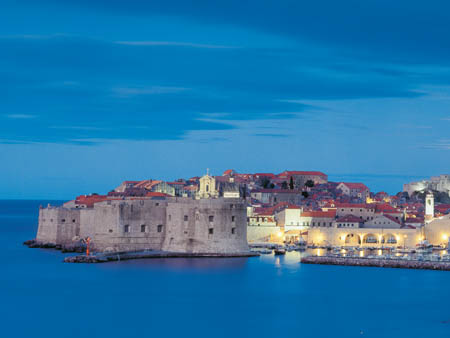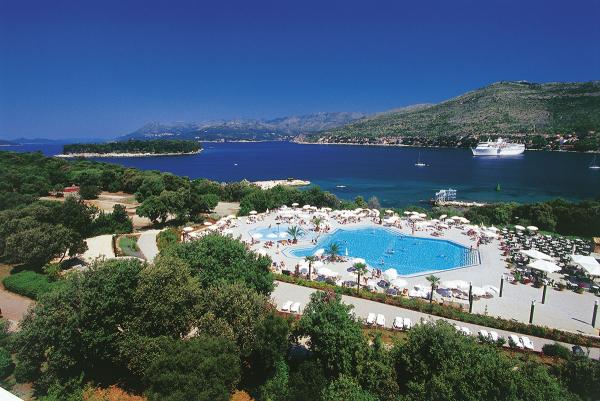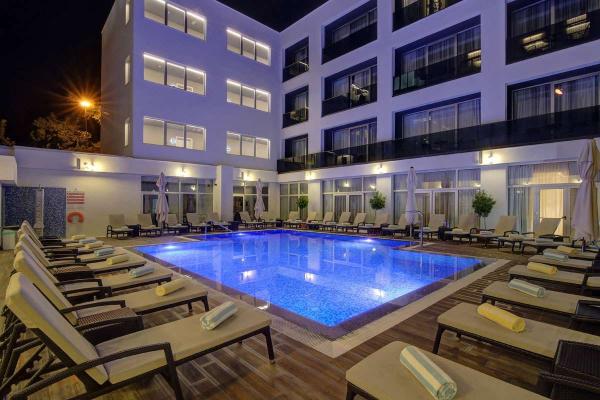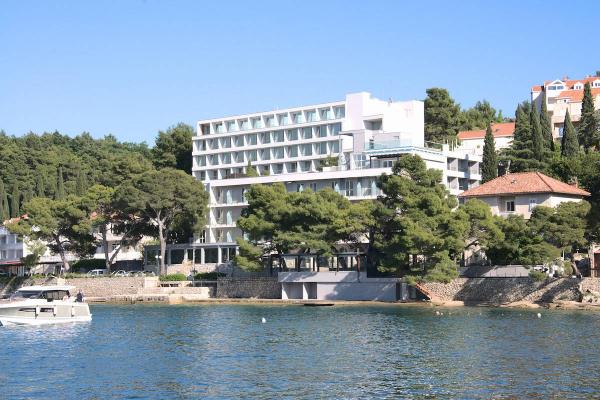
Onofrio’s Fountain was built by Onofrio della Cava, a master builder from Naples in 1438, but as most part of Dubrovnik, it got destroyed by the earthquake of 1667. So, the fountain visible today is not the original one. The 16-sided drinking fountain has been an essential part of the city’s water supply network since it construction. It is a magnificent meeting point today, and serves as a real oasis with its cold water for the tired tourists.
The old port of Dubrovnik is a beautiful and tranquil place for relaxation, it was the main port to the town some 400 years ago. The place has a spectacular view to the surrounding mountains and the island of Lokrum. The new port, that is being used today, is a few kilometres outside of Dubrovnik.
The most beautiful palace is situated at the end of the Stradun. The gothic-renaissance Sponza Palace was built between 1516 and 1522, and remained undamaged in the 1667 earthquake. It housed state offices, a bank, a mint and the treasury in the medieval period.
The Stradun, also known as Placa is the always busy, 300-metre-long, 500-year-old main street of Dubrovnik. The coffee houses and stores have maintained their look from the period in which they were built. The Stradun is the only wide street of the old town, and considered the most beautiful street of the world by many tourists. Not to be missed!
The city wall of Dubrovnik is one of the most seriously protected edifices of Europe. It was built from the 8th to the 16th century, and can be viewed today in its original form. It is 1940 metres long, 25 metres high in some places, and 6 metres wide. The wall is the most complete and massive in Europe, having 5 bastions and 15 towers, and fully surrounding the old town.




